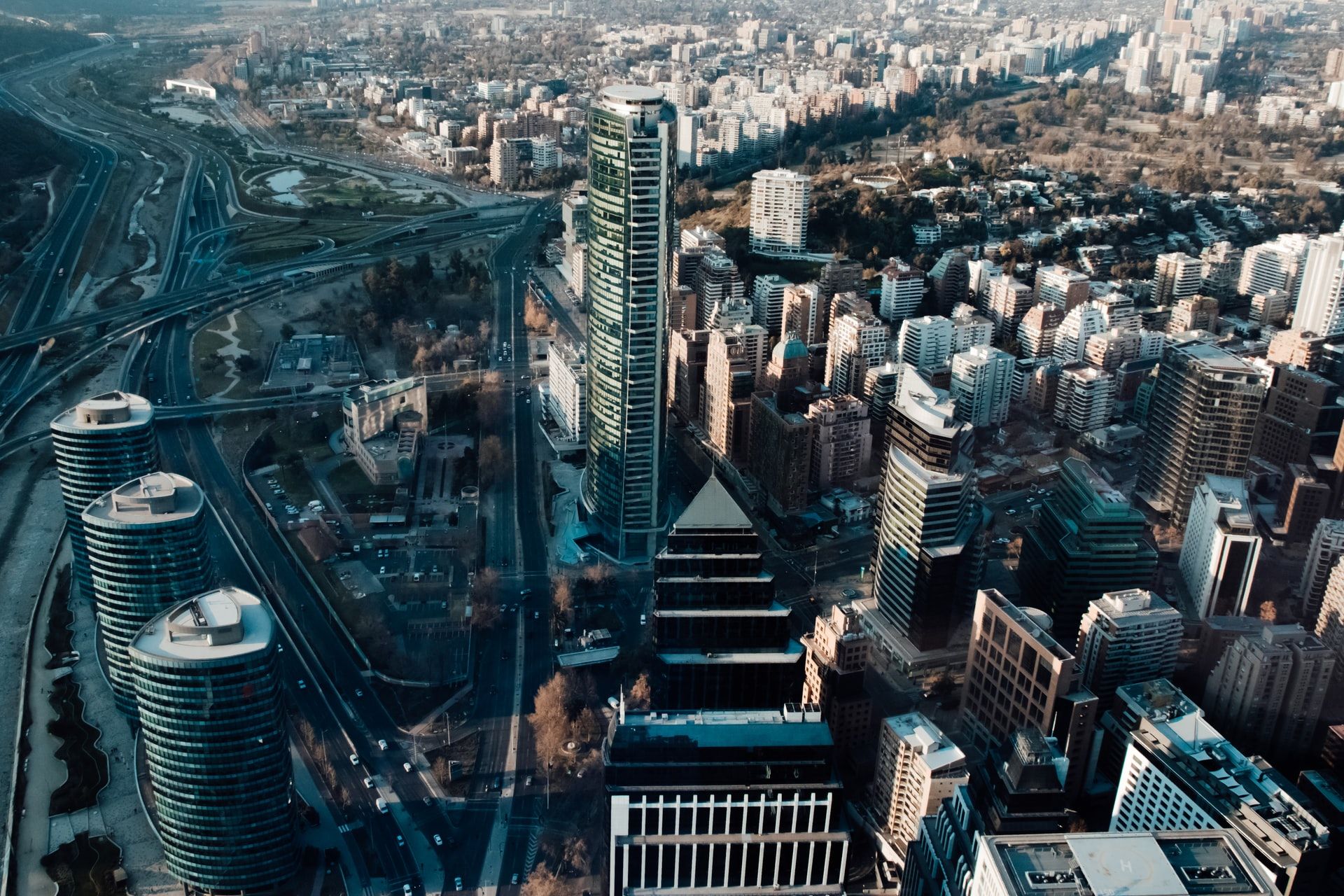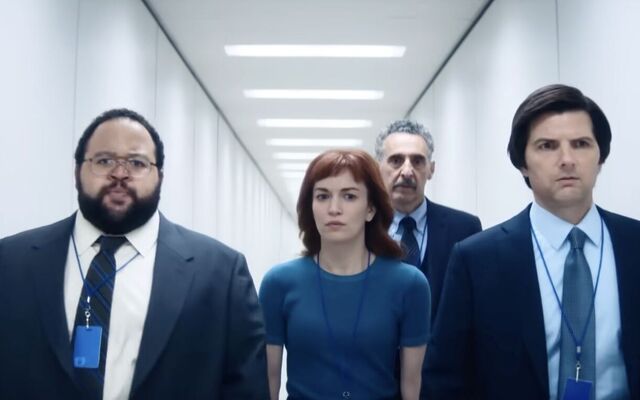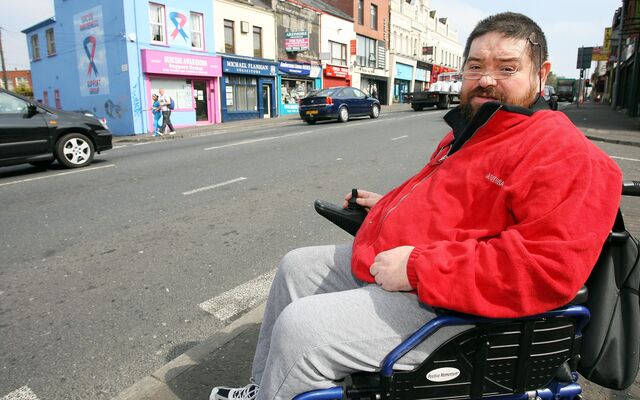My people! was my immediate reaction on being gifted a copy of Paisanos (literally, fellow-countrymen) which tells the tale of the forgotten Irish who left their mark on the independence struggle of Latin America.
And, indeed, I do have a connection to this noble tale of the Irish battling for the freedom of oppressed nations. However, it's not through the esteemed lineage of William Brown, the Co Mayo-born founder of the Argentinian navy and hero of the Argentinian wars of independence. Nor through the descendants of Bernardo O'Higgins, the irrepressible Irish man who led the fight for Chilean independence.
HEROES TO MEXICO, VIEWED AS TRAITORS IN THE US: The hanging of the San Patricios Battalion.
No, my links are on the other side — with the campesinos of the sprawling South American continent, once colonial killing fields of the conquistadors of Spain and Portugal and now sovereign nations — thanks to the Irish.
For, my Family Tree DNA results show that I am all of one per cent South American. After a decade and more immersed in Irish American, I am well-used to being told by new-found friends in Boston or Buffalo that they are one-quarter or one-eighth Irish but to date no one has volunteered that they are just one-hundredth Irish.
UNPUTDOWNABLE: Paisanos by Tim Fanning
Nevertheless, I am enormously proud of my newly-discovered South American roots which served only to sharpen my appetite for Paisanos, an illuminating and powerful history of the Irish who helped shape modern Latin America.
And what a history author Tim Fanning has unearthed in this truly revelatory book. No surprise that President Higgins, who has made several visits to Latin America, to renew Irish links with the region, would provide an introduction to this seminal work.
"The relationship between Ireland and Latin America draws on our shared history of struggle against colonialism," writes the President. "At the same time that Irish patriots were challenging the colonial relationship between Ireland and Britain in the late eighteenth century, an emerging sense of nationhood was taking place in Spain's American colonies. That the modern-day Latin American republics came into being in the early part of the nineteenth century was in no small part thanks to the contribution...of Irish men and women, many of whom were driven by their forefathers' experience of oppression and dreams of liberty for their homeland."
William Brown (1777-1857): Irish-born Argentine admiral
— Old Ireland in Colour (@irelandincolour) May 25, 2020
- Regarded as one of Argentina's national heroes for his victories in Independence War, Cisplatine War and at Río de la Plata
- Creator/first admiral of Argentina's maritime forces
- Known as the father of the Argentine Navy pic.twitter.com/wwiMhdRuAF
What an indictment of our education system that in the better part of 16 years of formal education, much of it at the hands of patriotic Christian Brothers, this story remained untold even as we trudged through the travails of Pitt the Younger and his colonialist contemporaries.
But the wraps are now off the Paisanos whose story begins with the early 17th century Flight of the Earls when the Irish Wild Geese flitted to the Continent to serve foreign leaders rather than remain at home and bow the knee to English rulers. In truth, of course, the early collaborators with the monarchies of Spain and Portugal consolidated rather than challenged the colonial advance. But even then, their feats of discovery were remarkable.
Este día recordamos con profunda gratitud al batallón de San Patricio: pic.twitter.com/ZfeuF5Fpso
— Marcelo Ebrard C. (@m_ebrard) March 18, 2021
Among their most noted was Pedro Alonso O'Crouley, a member of the Irish merchant community in Cadiz, Spain, whose parents were Irish. O'Crouley travelled back and forth across the Atlantic, immersing himself in the exotic surroundings of the New World, constantly taking notes and making sketches. The fruit of his studies, published in 1774 in Spanish as 'A Description of the Kingdom of New Spain' was an unprecedented, encyclopaedic review of the geography, natural history, and religious development of Mexico and included details of indigenous animals and plants.
As the 18th century wore on, the Irish emigres became more trusted by the Spanish crown, resulting in the appointment of Sligo-born Ambrose O'Higgins, first as administrator then later as a military commander in Chile before he ascended to the position of governor. His meteoric rise through the colonial administration ranks culminated in his appointment in 1795 as viceroy of Peru, the highest royal office in Spanish America.
Paisanos picks up pace with the first stirrings of independence, fuelled by the discontent of business classes who had their roots in the motherland. Leading this century of revolt was Wiliam Brown, a little-known Irish merchant mariner who the burghers of Buenos Aires turned to in 1810 to protect them from their former overlords.
"Brown," writes Fanning, "was a steely, driven individual who had arrived in Buenos Aires determined to make his fortune. The royalist navy was preventing him from trading fruit and hides across the River Plate estuary, and so he offered his services to the patriots. It was his tenacity, his stubbornness in overcoming formidable challenges...that separated him from his peers."
Tonight is a wonderful lecture by Tim Fanning on his book “Paisanos” and the Irish in Latin America. Following the lecture is the grand opening of the exhibit “The Irish in Latin America” brought to us by @IrelandinSF pic.twitter.com/J8PdiZllXy
— McClelland Library (@azirish_library) December 1, 2018
The stirring account of how Brown broke the Spanish blockade of Buenos Aires in 1814 with a rag-tag fleet of ships in a feat of derring-do which goes a long way to explain why his name is still revered in Argentina three centuries later. Indeed, his exploits are matched only by Tipperary-born Peter Campbell, "founding father of the Uruguayan navy", whose remains now lie in the Naval Academy in Montevideo.
Primus inter pares of the fighting Irish was Bernardo O'Higgins, son of Ambrose, whose name is still revered in Chile for leading the fight for independence. In 1813, he stood with Chile's patriot army as they made their famous last stand in the town of Racagua against a superior Spanish force and, later, took command of the San Martin's Army of the Andes which endured sub-zero temperatures over the Andes to outwit the royalist forces. In 1817, he was appointed supreme director of Chile and went to to found the Chilean navy and finance the liberation of neighbouring Peru.
HERO OF NATION: The permanent Chilean research station in Antartica is named after Bernardo O'Higgins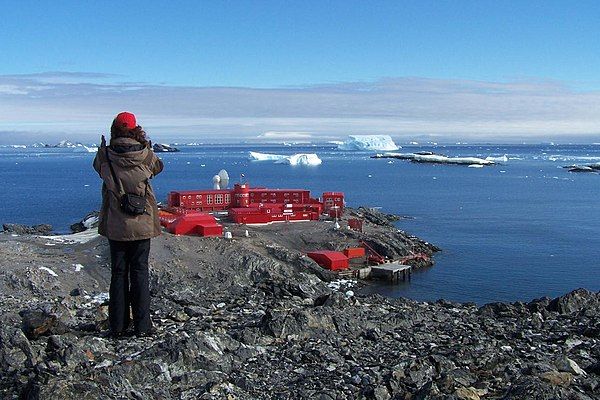
Not content with freeing Uruguay, Argentina and Chile, wandering Gaels proved the muscle and military expertise for Bolívar's Irish Volunteers who played a pivotal role in the independence struggle of Venezuela. For some of the Irish-born who fought alongside the legendary Bolívar, thoughts of striking for Ireland's freedom with the support of the soon-to-be-free South American states stirred their fervour. In fact, Bolívar told one his most loyal lieutenants, Francis Burdett O'Connor from Cork: "Comfort yourself, my dear O'Connor, help me in this campaign...and I will give you a regiment of my llaneros (cowboys) to help you liberate your homeland, your Ireland."
It is true, that the motives of other travelling fighters from Ireland in the years following the thwarted rising of 1798 may not have been so pure. Some were little more than mercenaries seeking a promised fortune which awaited them for throwing in their lot with the Venezuelan rebels. Recruited off the streets of Dublin, they arrived in their adopted country with little stomach for the fight.
For those who did turn up for the battle, hardship awaited. Relates Fanning: "The Irish soldiers who fought in South America in the early nineteenth century experienced many privations. They endured endless forced marches through humid jungles, strength-sapping climbs over dizzying mountain passes and long days of hunger and boredom in disease-ridden Caribbean islands."
LAST STAND: The Battle of Churubusco made heroes of the San Patricios.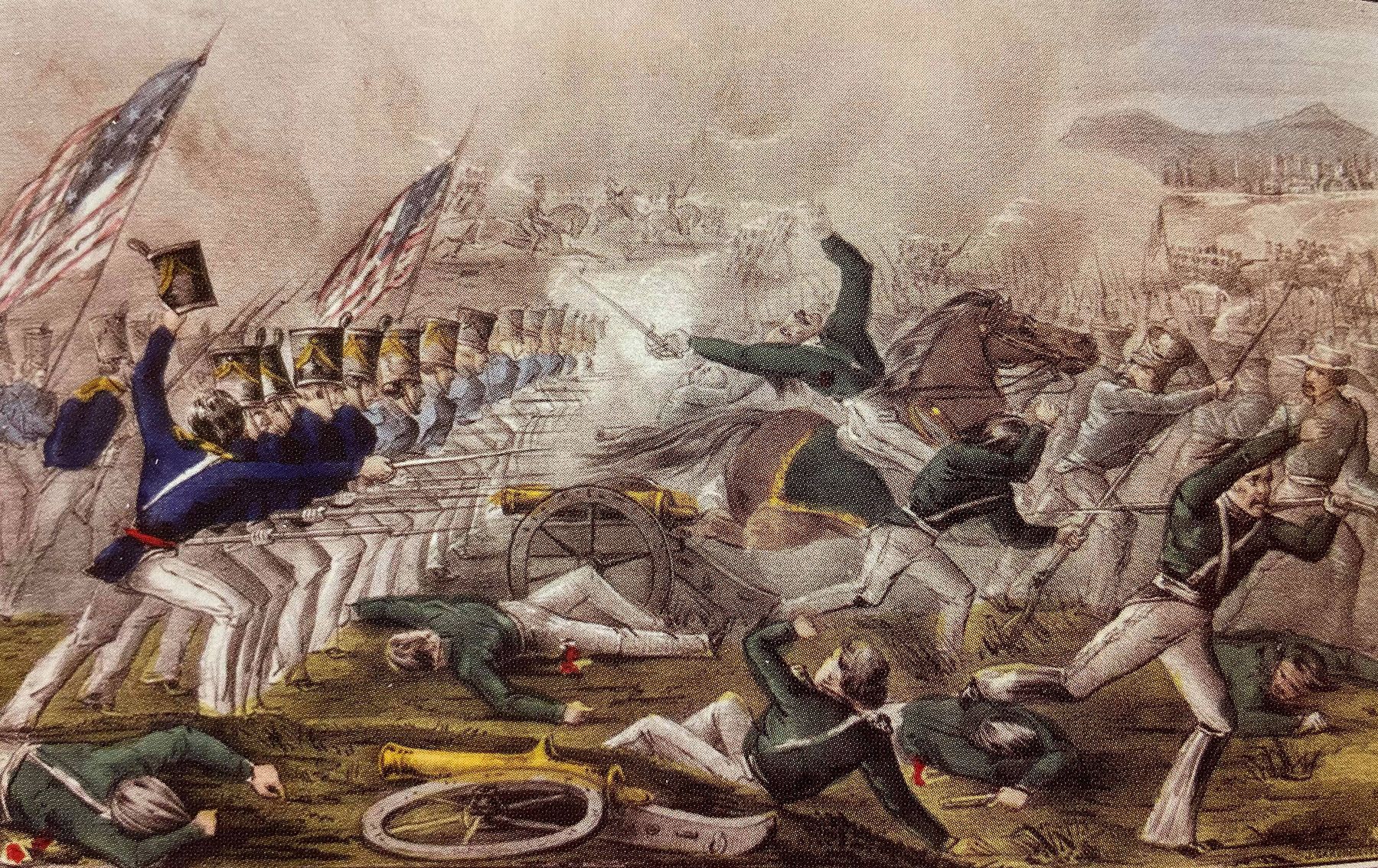
The greatest suffering may have been to be assigned to a regiment dubbed the British Legion. Regardless, the Irish fought with great distinction and ensured the liberation of Gran Colombia (encompassing the modern-day states of Colombia and Venezuela) in 1819. At the vanguard were officers Dubliner James Rooke, who died in the battle, and Daniel O'Leary whose work in turning local Indian peasants into fighting men proved the key to victory.
If all these heroes are largely forgotten in their homeland, they remain iconic figures in the sovereign states of Latin America. However, none can match the reverence Mexico pays to the San Patricios. Deserters from the Union Army - where, some say, slurs against their Irish Catholic heritage offended them — the San Patricios fought with distinction against their old masters in the Batallón de San Patricio - the St Patrick's Battalion — in the Mexican-American War of 1847. For their undoubted bravery, they were to pay a heavy price.
Indeed, there is much more in this monumental work of truly revisionist history from Fanning's pen. It is a work of crucial importance to Ireland and its place in the world, offering the potential (certainly understood by President Higgins) of reconfiguring the place of this island nation in the world.
"The San Patricios made their final stand at the Battle of Churubusco," writes Fanning. "Some 200 men were stationed in a monastery and ordered to protect the retreating army. It was their actions on 19 August 1847 that earned them a place in Mexican history. The US assault began at 11am. The Irish defenders fought bravely against wave after wave of attacks throughout the morning and early afternoon when they began to run out of ammunition. Retreating into the grounds of the monastery, they were forced to fight hand-to-hand with bayonet and rifle butt. According to (historian) Micheal Hogan, 'the dead and wounded were now so numerous as those still fighting on the parapets. The blood stood in deep puddles and the men slipped and skidded, sometimes sliding off the balconies to crash on the rocks below.'"
The surviving San Patricios surrendered. While their heroics would have sufficed to ensure them a place in the pantheon of Mexican patriots, it was their treatment at the hands of their captors which ensured (in shades of the 1916 executions) that to this day, there is not a Mexican who does not know their name. Indeed, in September of each year there is a San Patricios Day in their honour.
After the battle, the more fortunate of the Irish captives were lashed and branded with a 'D' (for deserter) by Union troops. The same day, 16 were hanged from a gallows hastily assembled on mule-drawn carts. Two days later, 12 September 1847, 30 more prisoners were hanged, including a soldier named Francis O'Connor who had lost his legs in the battle.
Perhaps the Yanks should have known better than to expect all their Irish conscripts to support their imperial adventure. After all, wasn't it Juan O'Donojú, born in Seville to Irish parents, who decreed Mexican independence in 1821!
REVERED: In Mexico the memory of the Battalon de San Patricio is held dear with parks, streets and buildings named in their honour. 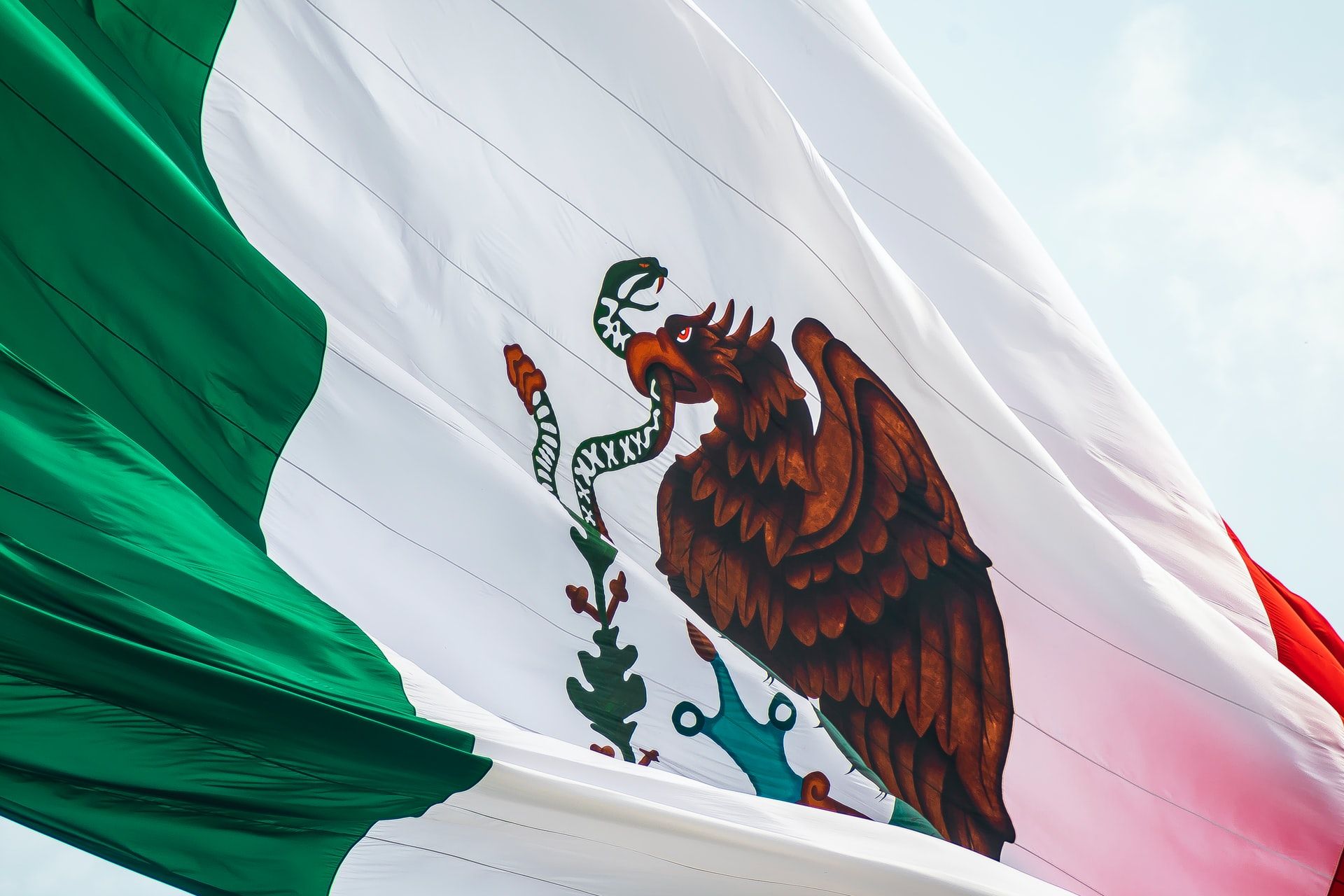
That last fact as well I owe to Fanning's mesmerising opus. Indeed, there is much more in this monumental work of truly revisionist history from Fanning's pen. It is a work of crucial importance to Ireland and its place in the world, offering the potential (certainly understood by President Higgins) of reconfiguring the place of this island nation in the world.
An aside: One of the most dispiriting statements to emanate from the Department of Foreign Affairs, unparalleled in their understanding of the importance of the diaspora, is that Ireland is a nation of just five million people but with a global family 70 million strong. Of course, Ireland's population is just shy of seven million. Names of fighters from Anrim and Down abound in Fanning's work so one wonders to whose diaspora their descendants belong. Latin America holds dear its relationship with Ireland — all 32 counties of it.
This day 157 years ago – 10 September 1862 – Eliza Lynch became the de facto First Lady of Paraguay when her partner, Francisco Solano López, became President of the country.
— This Day in Irish History (@ThisDayIrish) September 10, 2019
Lynch was born in Chareville, Co. Cork. She moved to Paraguay after meeting López in Paris in 1854. pic.twitter.com/bp1R2BH9vc
Fanning's book, therefore, serves that Irish-Latin American relationship well. However, it also allows which all Irish people to lift our heads a little higher at a time when the awful cost of colonialism is still being totted up.
In the US, they estimate that fully one-third of African-Americans have Irish heritage. No serious genealogical studies have been done yet among the fast-growing and influential Latino community across the US but, based on this book, one suspects there are millions across both American continents who have more than one per cent of Irish blood coursing through there veins. With Fanning's masterpiece, we should consider ourselves reintroduced to our Latin American cousins.
Paisanos The Forgotten Irish Who Changed the Face of Latin America by Tim Fanning. Gill Books.

